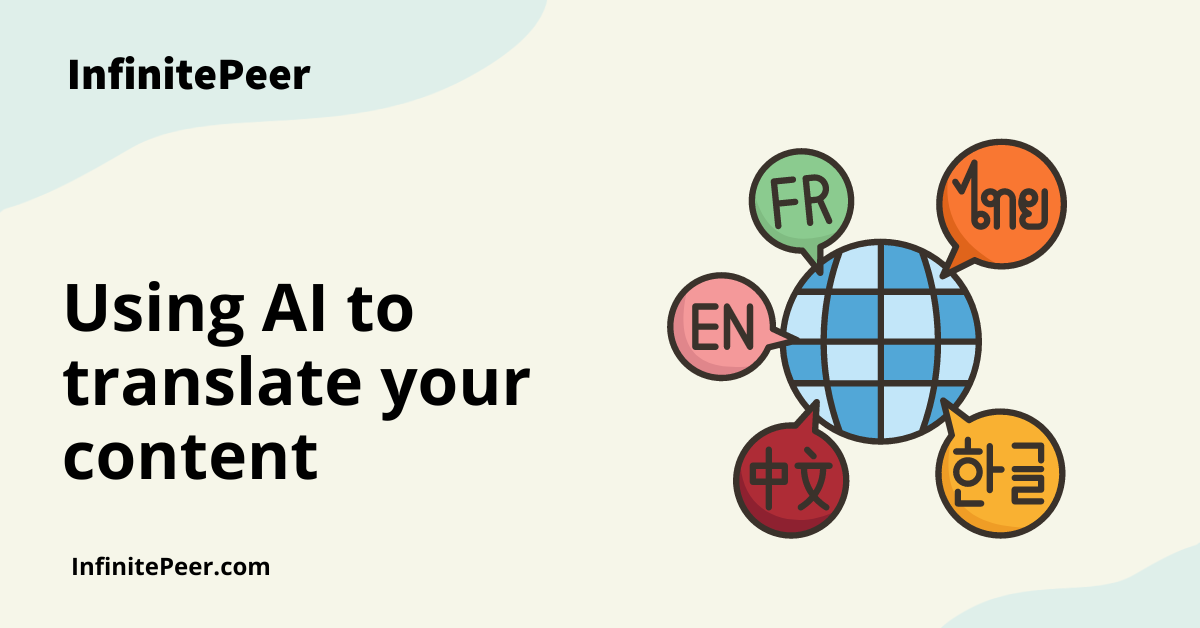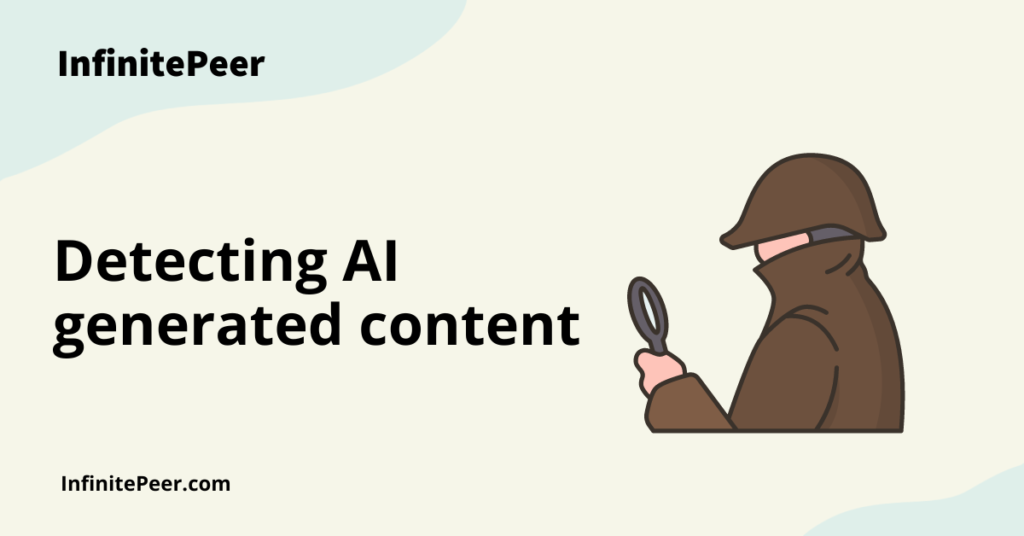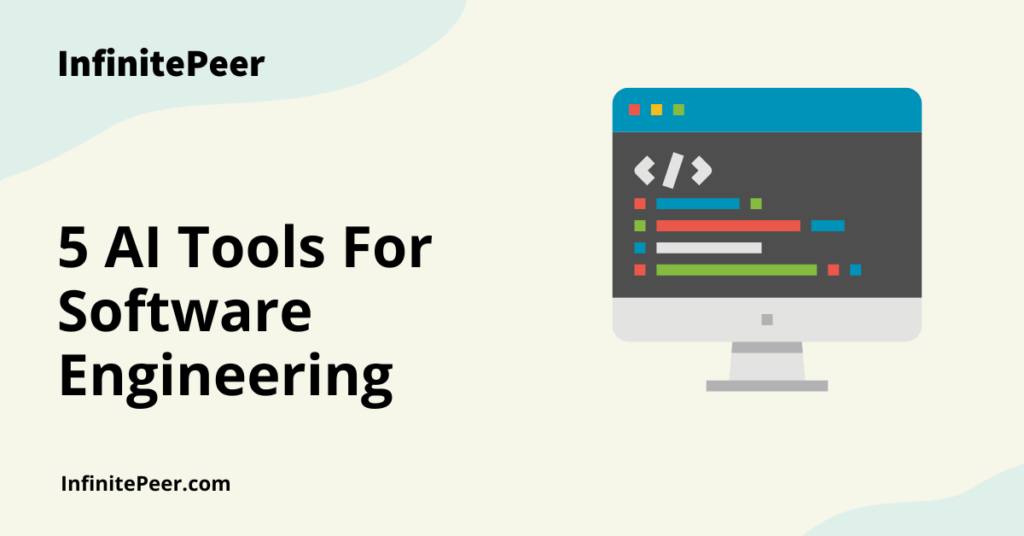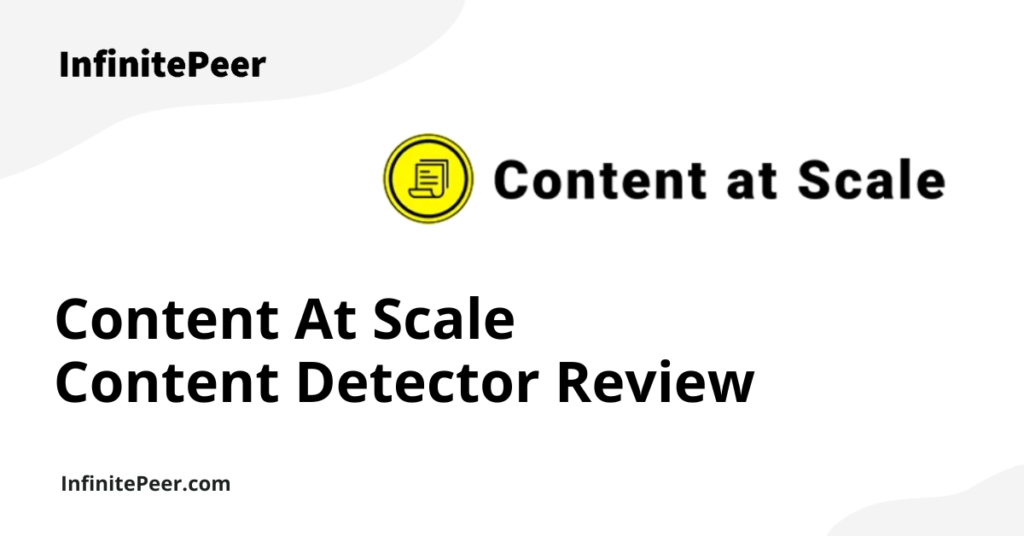Until relatively recently, language translation heavily on human translators. In recent years, the race for machine translation has been on and machine translation has come a long way.
Believe it or not, the first examples of AI translation come from the early days of the Cold War. It all started with the Georgetown–IBM experiment in early 1954, when IBM scientists invented a machine that could be fed Russian messages and could print out the translations. It gained immense popularity when it successfully translated 60 Russian sentences into English. The media of the time reported that it could print the translation “at the breakneck speed of two and a half lines per second”.
The “revolutionary” machine was a simple phrase-by-phrase translator only able to translate very specific pieces of text correctly. It would perform terribly in a day-to-day conversation.
Machine translation has progressed a lot since then, and with the help of AI, is now advanced enough to do real-time speech translation. Projects like the “Universal Speech Translator” and “No Language Left Behind” by Meta AI aim to support real-time translation for low-resource languages with few (or even zero) available examples for AI models to train on, a task considered almost impossible until recently.
Why do companies translate their content?
All of these advancements raise the question: why translate content? Specifically, why are big companies like Google and Meta spending so much time and money to build the best translator software? Before we start answering those questions, let’s take a look at this chart by Meta, which helps put these questions into context.

Based on this chart, we can see a large percentage of the global population is not covered by commercial translation technology. For global companies, this means there are potential customers who cannot use their services and products due to language barriers. Generally speaking, companies that do not offer services/products in a customer’s language will lose those potential customers to local alternatives.
For example, Alibaba accounts for 80% of online purchases in China. One of the biggest reasons most people in China don’t use Amazon is its lack of accommodation for the Chinese language.
Customer experience is a top priority of most businesses, and communication is vital to ensuring a positive experience. Companies are very willing to invest in translation services to better serve their customers in their language of choice. With our globally connected economy, this means more and more languages, as companies find their customers dispersed all over the globe.
How can AI translate content?
Let’s take a look at how it works.
Imagine you had to translate the sentence “How are you today?” from English to French. Your first instinct would probably be to take the first word, use the dictionary to look up its French version, write it down and then repeat the process for every word. While this would work for short sentences, this technique won’t hold for more extensive sentences with complex terms and underlying context. It typically will result in unstructured gibberish that makes no sense to the reader. To fix this, we can use a machine learning algorithm.
Now imagine you are tasked with translating a text from one language to another. The catch is that you don’t know either language.
If you were given enough examples of texts in both languages, you could probably identify some patterns. And if you spend enough time, you could get a general idea of how the language works.
Every language has two base components: the tokens, the smallest bits of language (i.e. words), and grammar (basically the syntax which ensures the sentence makes sense). Identifying these is the first step in translation. But looking through examples and identifying patterns is extremely difficult for an untrained human and would take tons of time (maybe even years!).
If only we had some software that could go through millions of examples and find patterns in them…
ML algorithms are experts at dealing with just that. This diagram illustrates a simplistic translation process:

Of course, there are more steps to the process. Because computers can’t understand words and sentences but rather work with numbers, there are actually two neural networks at play that convert words to numbers and then back to words. This technique is commonly known as the “encoder-decoder architecture” and is the most widely used technique.
Top 5 AI translation tools:
So, now that we know it’s possible to translate your content, what are the best AI translators to use?
- Google translate: With 1 billion installs and more than 500 million active users, Google translate is the go-to translator for your everyday translations. It currently supports more than 100 languages. Want to ask directions in a foreign country but don’t know how to? Use the Google Translate app to translate what you want in written form. You can even use the conversation option to simulate a conversation in a foreign language with nothing but your phone and its microphone. While it may not be the most accurate or even the fastest on the market, it will definitely get the job done. It is seen as a reliable, quick fix. It can even translate documents and websites, something that wouldn’t have been possible just a decade ago.
- DeepL: A machine learning-based translator made in Germany, it is especially popular in the business world and is known for its accurate translations. It currently only supports 26 languages but is highly accurate and is free.
- Systran Translate PRO: This real-time translator is popularly used by businesses when interacting with customers. It has garnered quite a reputation. With 40 years of experience, its solutions have been used by some of the biggest companies, including NASA and Yahoo. While it is a paid software, it is worth it if you often find yourself interacting with foreign clients in professional settings.
- Reverso: This translation tool not only translates but also helps users master the language. The freeware allows users to learn 16 languages by enabling them to work on their linguistic skills and vocabulary. It makes use of pronunciation guides, flashcards and examples to both translate and teach you the language.
- Smartling: A translation management tool, it is widely used in design software. It is easy to integrate and is currently used by Adobe Illustrator, Adobe Photoshop, Sketch, and Figma. Smartling has the ability to incorporate AI-powered translation into your design workflow. One of its popular uses is app localization.
Honourable mention: Meta’s Universal Language Translator. It is a tool currently in development, and its aim is to facilitate efficient and concise communication in the Metaverse. It will be coupled with the “No Language Left Behind” project to help cover every language currently spoken on the planet. The creators hope to create an inclusive environment for all where everyone is understood without language barriers.
All in all, language barriers are a problem for businesses and consumers alike. Large companies are very invested in fixing this to allow customers from around the world to use their products easily.



